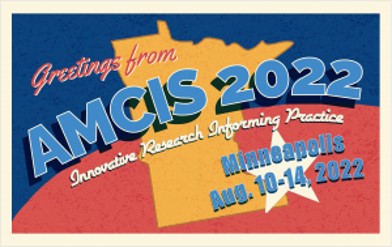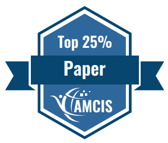SIG Social Computing
Loading...
Paper Type
Complete
Paper Number
1598
Description
Online social networks (OSN’s) have shaped collective action into a new form of organizing and engagement known as connective action. Protests, demonstrations, and social movements have largely relied on social media as their primary organizational process for resource mobilization. These platforms also provide a method to coordinate and influence behavior. Most social science research on connective action has taken a qualitative approach. There are some quantitative studies, but most focus on statistical validation of the qualitative approach (e.g., survey’s) or focus on only one aspect of connective action. Computational analysis as a complement to existing survey methods offer in-depth insights about the role of identity and provide insights into the underlying behaviors we see as catalysts for these online movements. This paper presents an interdisciplinary computational approach to analyze connective action by exploring the key features of collective identity, network organization, and mobilization in connective action movements.
Recommended Citation
Spann, Billy and Agarwal, Nitin, "A Computational Framework for Analyzing Social Behavior in Online Connective Action: A COVID-19 Lockdown Protest Case Study" (2022). AMCIS 2022 Proceedings. 15.
https://aisel.aisnet.org/amcis2022/sig_sc/sig_sc/15
A Computational Framework for Analyzing Social Behavior in Online Connective Action: A COVID-19 Lockdown Protest Case Study
Online social networks (OSN’s) have shaped collective action into a new form of organizing and engagement known as connective action. Protests, demonstrations, and social movements have largely relied on social media as their primary organizational process for resource mobilization. These platforms also provide a method to coordinate and influence behavior. Most social science research on connective action has taken a qualitative approach. There are some quantitative studies, but most focus on statistical validation of the qualitative approach (e.g., survey’s) or focus on only one aspect of connective action. Computational analysis as a complement to existing survey methods offer in-depth insights about the role of identity and provide insights into the underlying behaviors we see as catalysts for these online movements. This paper presents an interdisciplinary computational approach to analyze connective action by exploring the key features of collective identity, network organization, and mobilization in connective action movements.
When commenting on articles, please be friendly, welcoming, respectful and abide by the AIS eLibrary Discussion Thread Code of Conduct posted here.




Comments
Social